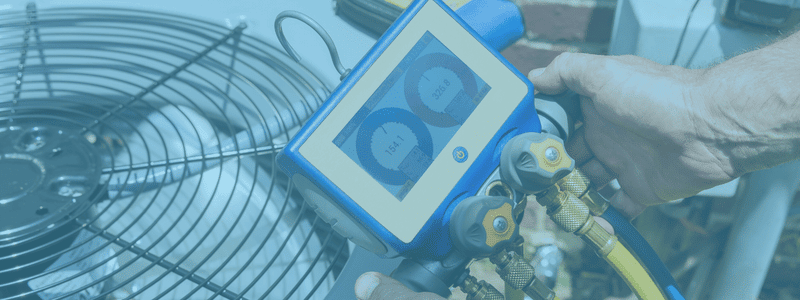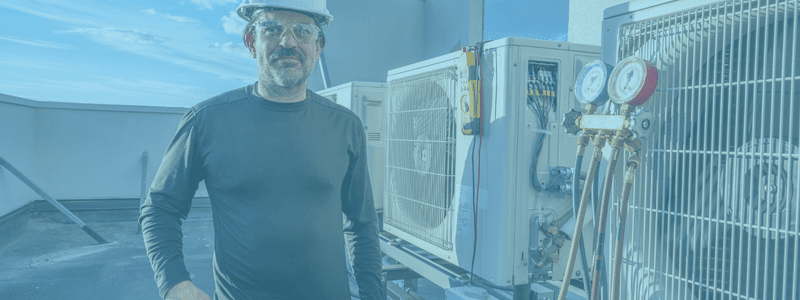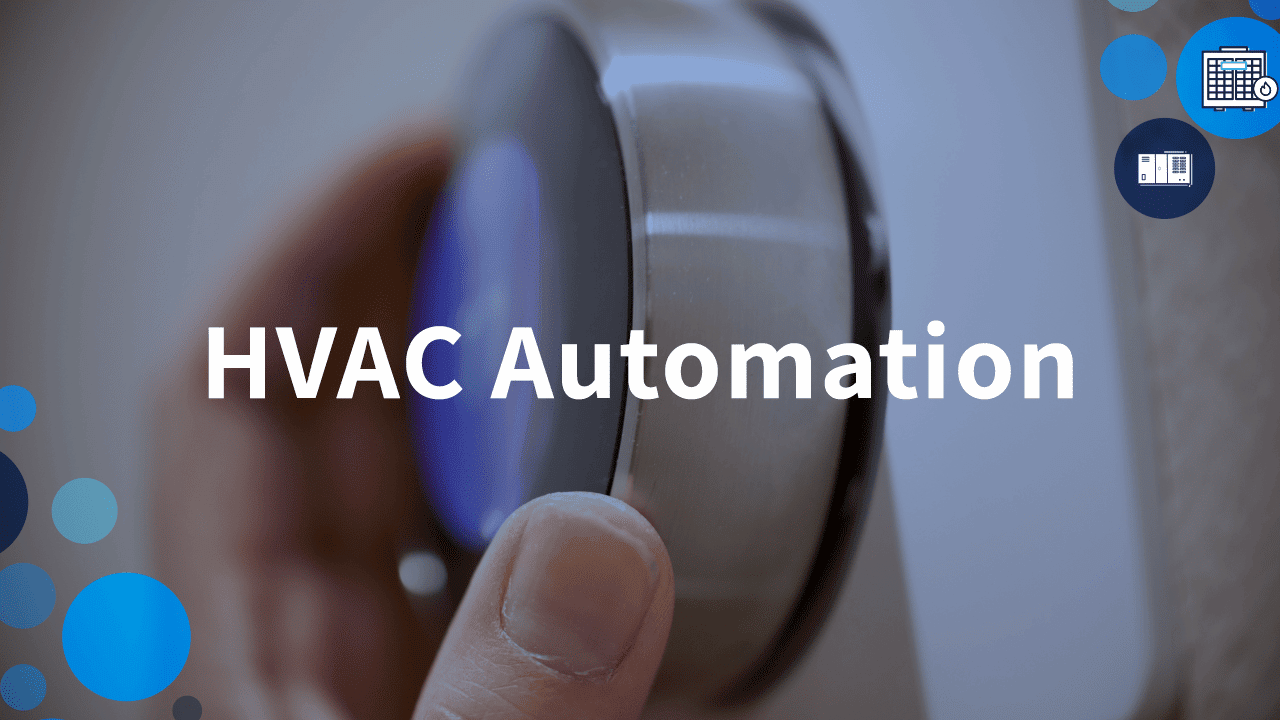Your building’s HVAC system handles multiple tasks. It helps to maintain a comfortable indoor climate and it controls the proper ventilation to promote healthy indoor air quality. But new HVAC automation and building automation tools enable more efficient and effective heating, cooling and ventilation control. In fact, the building automation market in North America is forecasted to reach $80 billion by 2030 thanks to a healthy 10.8% compound annual growth rate. Worldwide, the global building automation and controls market, worth about $130 billion in 2021, is expected to increase to $340 billion by 2030, according to recent research from Straits Research.


What Are Building Automation Systems in HVAC?
So, what exactly is a building automation system in the HVAC industry? In general, a building automation system, also known as a BAS or a building management system, controls the various electrical, electronic and mechanical systems in a building. The control systems, most commonly used to moderate a building’s HVAC functions, also can be used to control other building systems such as lighting and security.
How does building automation work? A BAS is created by connecting a building’s electrical and mechanical systems with microprocessors that communicate with one another. Each of the system’s components will connect via software such as Modbus or BACnet. Some of the components of a BAS in HVAC include:
- Sensors to track conditions like humidity, temperature and lighting level, which then transmit the information to centralized controllers.
- Controllers works as the brains of a BAS. They collect data from the sensors and send associated commands to equipment like HVAC units.
- Output devices like relays and actuators follow commands issued by the controllers, and perform actions like increasing heating functions in response.
- The terminal interface allows users to interact with a BAS. Users can monitor a building’s condition via information presented through the terminal interface, and they can choose to manually override the system’s automatic settings.
While BAS controllers don’t have to rely on an operator or even a separate computer to process control functions, the systems can be accessed via device with an internet connection, even on a remote basis.


How Is Building Automation Important in HVAC?
What makes HVAC building automation so popular? Automated HVAC helps property owners streamline their processes and reduce the hours needed to maintain a building’s HVAC performance. Why else is building automation important in HVAC? A BAS provides the following benefits:
1. Lower Energy Costs
The costs to heat and cool a building account for the biggest portion of most facilities’ energy consumption. It’s not uncommon for a property owner to pay as much ad 35% of their energy bill for HVAC needs. HVAC automation and other features like smart thermostats help organizations reduce their energy use, which lowers their utility costs and saves money.
2. Identify Energy Consumption
Property owners can rely on a building automation system to monitor their energy usage, allowing them to make adjustments that improve their energy efficiency and reduce their utilities expenses. Changes in energy consumption also might indicate malfunctioning equipment, and property owners can schedule needed maintenance or repairs before the problem grows worse.
3. Enhance Climate Control
Automated HVAC also improves the climate within facilities by reducing temperature fluctuations and creating even temperatures and humidity throughout a building. When employees are more comfortable, they have shown to be more focused, accurate and productive, which helps boost a company’s bottom line. HVAC automation and BAS even reduce employees’ absenteeism by improving the air quality of a facility.


What Is the Best Building Automation System?
Property owners and facilities managers face a wide array of options when it comes to choosing a building automation system. The top BAS choices can be programmed to perform practically any function, from reducing energy costs to improving maintenance to increasing comfort and employee productivity.
So, which building automation system is best for you? It largely depends on your specific needs and facility makeup, but one of the more versatile choices is Daikin Applied’s SiteLine Building Controls.
The scalable, cloud-based technology connects to, monitors and manages both individual HVAC equipment and integrated building systems. SiteLine offers building owners and operators the tools and insight they need to optimize their HVAC performance, improve IAQ and reduce both energy use and carbon emissions.
“Controls are often the domain of specialized engineers and technicians,” Daikin Applied Senior Vice President of Aftermarket Shinya Nishi said in a press release. “And that comes with a considerable price tag. SiteLine, however, is designed to provide effortless insights. The hardware and software are flexible and user-friendly, able to be installed and used by almost anyone in the field.”












